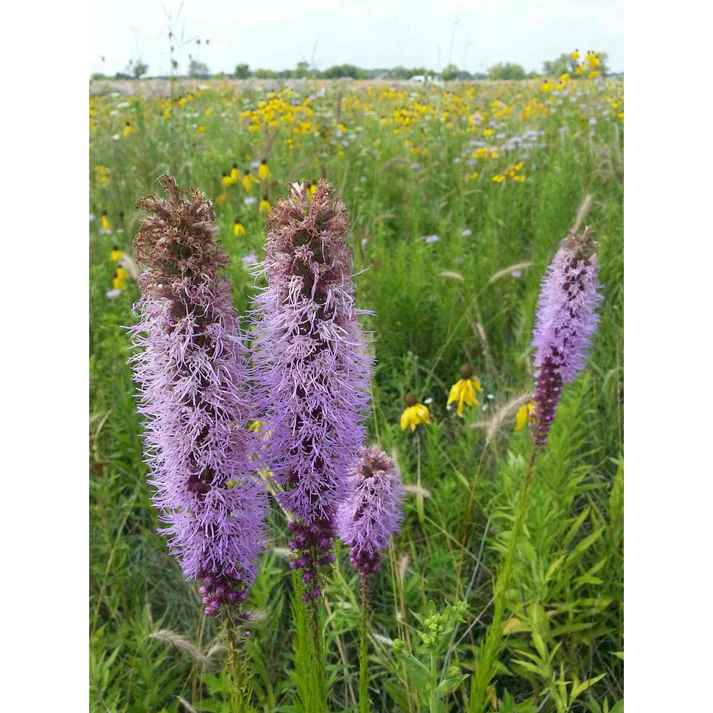As winter loosens its grip and spring peeks over the horizon, landowners and ecological restoration professionals turn their minds to revitalizing the land. Frost seeding, a low-cost and minimally disruptive technique, offers a powerful tool for jumpstarting native plant communities.
What is Frost Seeding?
Frost seeding capitalizes on the natural freeze-thaw cycles of winter. Tiny seeds are scattered over frozen ground, where they become naturally incorporated into the soil as it thaws and refreezes. This eliminates the need for tilling, which can damage soil structure and harm beneficial microorganisms.
Benefits of Frost Seeding for Ecological Restoration:
- Cost-effective: No need for expensive equipment or labor-intensive tilling.
- Minimally disruptive: Protects soil health and existing vegetation.
- Boosts biodiversity: Promotes the establishment of diverse native plant communities.
- Erosion control: Native plants anchor the soil, reducing erosion and runoff.
- Wildlife habitat: Provides essential food and shelter for pollinators, birds, and other animals
Getting Started with Frost Seeding:
- Choose the right time: Ideally, sow seeds between December and March, when the soil is consistently frozen.
- Select suitable seeds: Opt for native seed mixes adapted to your local ecoregion.
- Prepare the site: Lightly remove litter or thatch to improve seed-to-soil contact.
- Broadcast seeds: Evenly distribute seeds over the frozen ground using a hand spreader or specialized equipment.
- Wait and watch: Spring rains and thaws will naturally incorporate seeds into the soil.
Tips for Success:
To learn more on how you can best determine your unique site's establishment and weed control strategy - read this blog about Native Seed Establishment Best Management Practices.
- Use high-quality native seed mixes: Ensure they contain species suited to your soil type and climate.
- Calibrate your spreader: Apply seeds at the recommended rate to avoid waste or poor establishment.
- Consider companion planting: Include fast-growing nurse crops to suppress weeds and provide initial shade.
- Monitor and manage: Control weeds and address any unforeseen issues in the early stages.
By embracing frost seeding, you can contribute to a greener future, one tiny seed at a time. Remember, ecological restoration is a marathon, not a sprint.
Be patient, be diligent, and witness the beauty and ecological benefits of native plant communities flourish on your land.
Looking to purchase native seed mixes for your frost seeding project?
Explore our diverse selection of regionally appropriate mixes, designed to restore and enhance your land's natural splendor.

